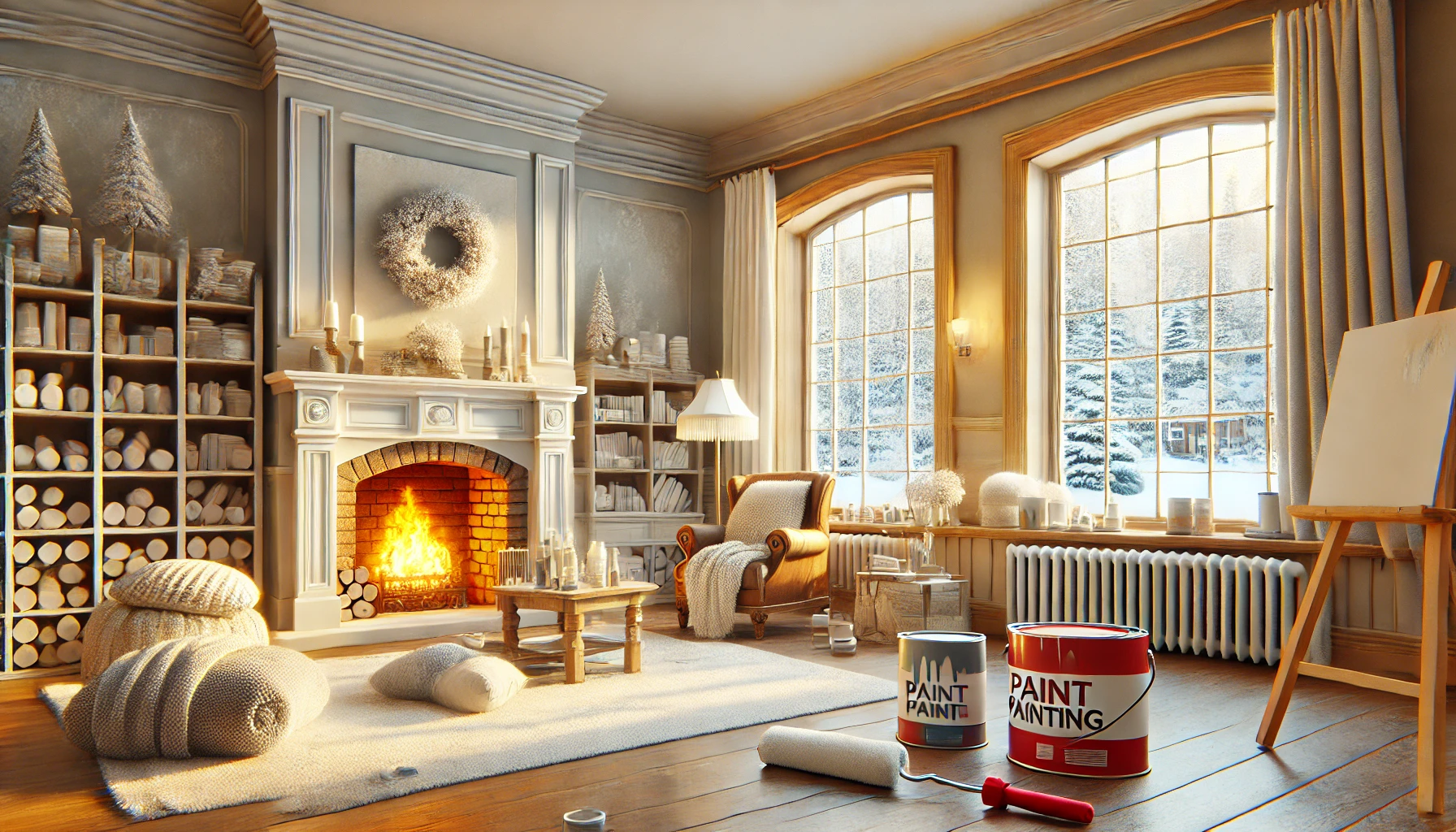Keeping your home’s plumbing maintained is an essential part of owning a house. Unfortunately, when plumbing isn’t properly taken care of, it can result in costly water damage to the drywall and other areas of the home.
Luckily, there are some easy steps homeowners can take to help prevent this kind of damage from occurring. In this article, we’ll discuss tips for maintaining your home’s plumbing in order to prevent drywall water damage.
Homeowners needn’t worry about taking on such a task alone; with the right knowledge and guidance, they can easily keep their plumbing up-to-date and running smoothly. By following these simple steps, you’ll be able to protect your drywall from unwanted water damage so that you won’t have to shell out money for expensive repairs down the road. Read on to learn more!
Inspecting And Cleaning Pipes
It was a beautiful sunny day, the kind that made you want to forget all your worries and just relax. Little did I know that this particular day would be the one when my home’s plumbing system started leaking in multiple places – and it would soon result in costly water damage to my drywall.
I quickly learned how important it was for me to inspect and clean pipes regularly as part of basic preventative maintenance for my plumbing. Not only could regular inspections help detect potential problems early on – such as corrosion or clogs from debris like dirt, hair, grease, minerals, etc – but they also allowed me to remove any blockages before they caused major leaks.
In addition to inspecting pipes visually, it is also important to flush out the system every once in a while with hot water and baking soda. This ensures that mineral deposits don’t accumulate over time within the pipe walls which can lead to frequent clogging. With proper inspection and cleaning of pipes taken care of, I knew I had done what I could to reduce the chances of having to deal with future drywall water damage due to plumbing issues.
Addressing Leaks Immediately
It is important to address any leaks immediately in order to prevent water damage. If you’re not sure about the source of a leak, it may be best to call a plumber and have them take a look.
The sooner that you can identify and fix the issue, the less likely you are to experience severe water damage later on down the line. Here are 4 steps for addressing plumbing leaks:
- Locate where the water is coming from
- Turn off the water main valve or other valves as needed
- Make repairs with new parts or sealants if applicable
- Test repaired area by running water slowly
By taking these simple steps promptly, you can help reduce your chances of having long-term issues related to drywall water damage. Additionally, it will give you peace of mind knowing that all potential problems have been addressed early on.
Moving forward, installing a pressure-reducing valve is an effective way to protect against further home plumbing issues.
Installing A Pressure-Reducing Valve
Installing a pressure-reducing valve is an important step in preventing water damage. This device regulates the pressure of incoming water, which can prevent it from reaching excessive levels that could cause pipe bursts or other plumbing issues.
Installing one is relatively straightforward and doesn’t require any special tools or expertise; however, if you don’t feel comfortable attempting it on your own, contact a professional plumber who can help.
Having a functioning pressure-reducing valve installed is only part of the battle when dealing with potential water-related damage to drywall.
The next step is to check the current level of water pressure coming into your home to ensure it isn’t too high for your specific plumbing system.
Checking Water Pressure
In addition to monitoring water pressure, it’s also important to pay attention to your water bills. If you notice a significant increase in cost, this could be a sign of a water leak.
Water leaks can lead to structural damage and cause long-term issues if not addressed promptly. It’s important to inspect your water supply lines, water heater, and sump pump regularly to ensure that everything is functioning properly.
If you do find a leak, turn off the water source and contact a professional water damage restoration company immediately. Ignoring a leak can result in mold spores spreading throughout your home and causing further damage to your drywall and other surfaces.
Replacing Worn Out Fixtures
Preventing drywall water damage is all about being proactive. One way to do this is by replacing old or worn-out fixtures, especially water pipes, valves, and faucets. Doing so can help prevent leaks and ensure that water flow is smooth and consistent.
Installing backflow prevention devices on all of your plumbing fixtures is another important step to take. These devices are designed to detect excess pressure in the water supply and stop the flow of water before it can cause any major water damage.
Regularly checking for water stains around connections and signs of corrosion is also crucial. This can help you detect any potential problems early and avoid gallons of water from causing structural damage to your home. By taking these preventive measures, you can protect your home and save money on water bills and costly repairs.
Final Thoughts
It is important to take preventative measures when it comes to your home’s plumbing.
Taking the time to inspect and clean pipes, address leaks immediately, install a pressure-reducing valve, check water pressure, and replace worn-out fixtures can save you from costly drywall water damage repairs in the long run.
Don’t wait until it’s too late; be proactive and maintain your home’s plumbing today – like an unwavering guardian angel of sorts – so that you don’t have to worry about any issues later on down the road.










